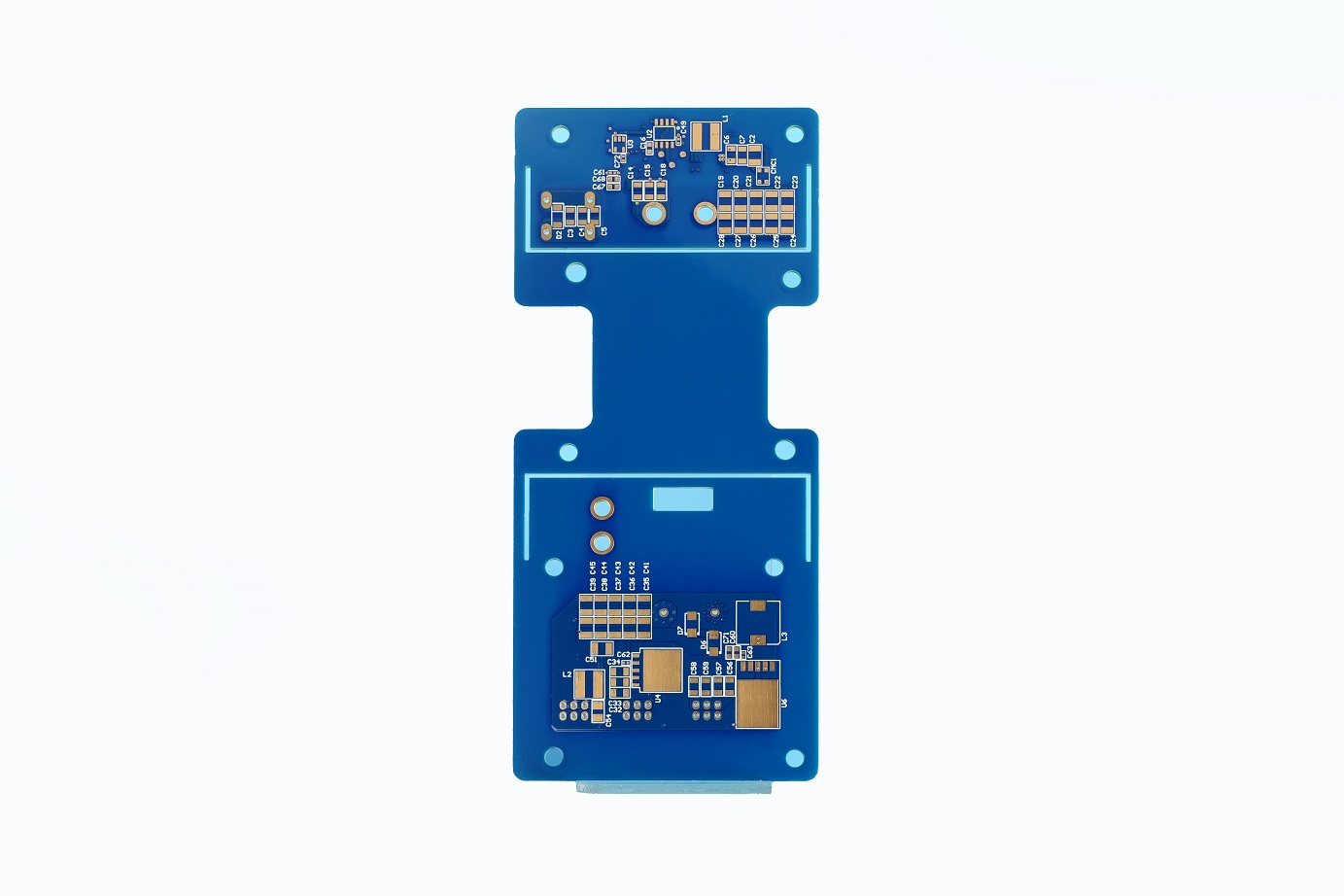When we talking about the holes in PCBs (Printed Circuit Boards), may somebody always curious about two special holes: Counterbore hole and Countersunk hole. They are easy to be confused and easy to misunderstanding if you are a layman of PCB. Today, we will introduce the differences between counterbore and countersunk for details, let’s keep reading!

What is a Counterbore Hole?
A counterbore hole is a cylindrical recess on a PCB that has a larger diameter at the top surface and a smaller diameter at the bottom. The purpose of a counterbore hole is to create space for a screw head or a bolt’s flange, allowing it to sit flush with or slightly below the PCB surface. The larger diameter at the top accommodates the head or flange, while the smaller diameter ensures that the fastener’s shaft or body fits snugly.
What is a Countersunk Hole?
On the other hand, a countersunk hole is a conical recess on a PCB that allows the head of a screw or bolt to sit flush with the PCB surface. The shape of a countersunk hole matches the profile of the fastener’s head, creating a seamless and level surface when the screw or bolt is fully inserted. Countersunk holes typically have an angled side, often 82 or 90 degrees, which determines the shape and size of the fastener head that will fit into the recess.

Counterbore VS Countersunk: Geometry
While both counterbore and countersunk holes serve the purpose of accommodating fasteners, their main difference lies in their geometry and the types of fasteners they accommodate.
Counterbore holes have a cylindrical recess with two different diameters, while countersunk holes have a conical recess with a single diameter.
Counterbore holes create a stepped or raised region on the PCB surface, whereas countersunk holes result in a flush or recessed surface.
Counterbore VS Countersunk: Fastener Types
Counterbore holes are primarily used for fasteners with a head or flange, such as bolts or screws that require a solid mounting surface.
Countersunk holes are designed for fasteners with a conical head, such as flathead screws or countersunk bolts, to achieve a flush surface.
Counterbore VS Countersunk: Drill angles
Different sizes and drilling angles of drill bits are offered for producing countersinks, depending on the intended use. These angles can include 120°, 110°, 100°, 90°, 82°, and 60°. However, the most frequently employed drilling angles for countersinking are 82° and 90°. For optimal outcomes, it is essential to align the countersink angle with the tapered angle on the underside of the fastener head. On the other hand, counterbore holes feature parallel sides and do not necessitate tapering.
Counterbore VS Countersunk: Applications
The choice between counterbore and countersunk holes depends on the specific requirements of the PCB design and the components being used.
Counterbore holes find applications in situations where a secure and flush fastening of components or mounting plates is necessary. They are commonly used to fasten connectors, brackets, or PCBs to an enclosure or chassis.
Countersunk holes are often employed when aesthetic considerations are important, as they provide a sleek and level surface. They are frequently used for mounting PCBs to surfaces where a flush finish is desired, such as in consumer electronics or decorative applications.
Counterbore and countersunk holes are important features in PCB design, enabling efficient component mounting and secure fastening. Understanding the differences between these two types of holes allows designers to select the appropriate option based on the specific requirements of their circuit board applications. Whether it’s ensuring a secure connection or achieving a visually pleasing finish, the choice between counterbore and countersunk holes plays a crucial role in the overall functionality and aesthetics of a PCB assembly.








